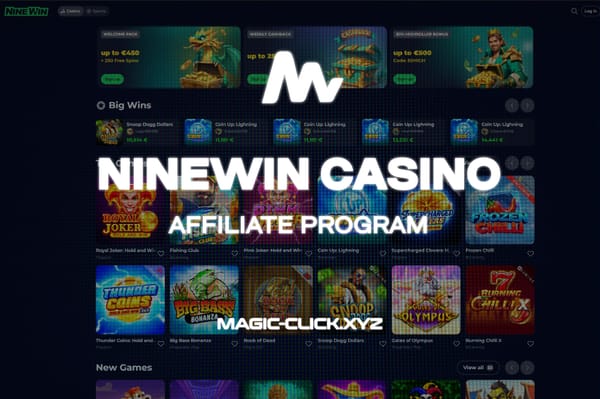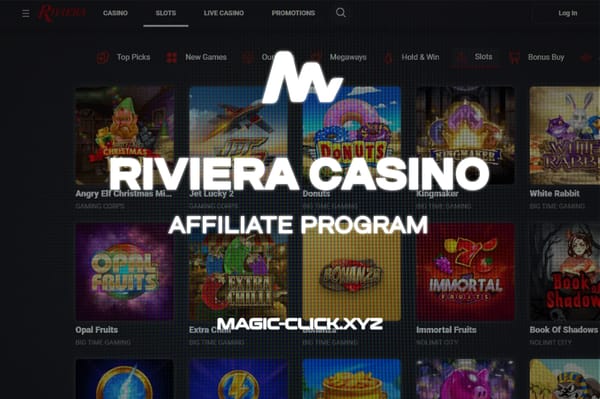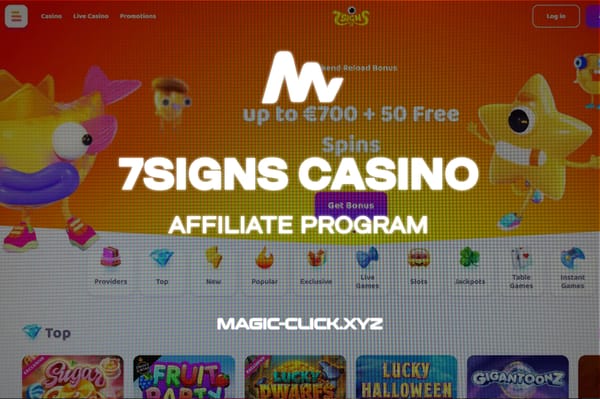How to Start Affiliate Marketing from Scratch: A Step-by-Step Guide for Beginners
Affiliate marketing is one of the most profitable ways to make money online by driving traffic to offers and converting it into profit. If…
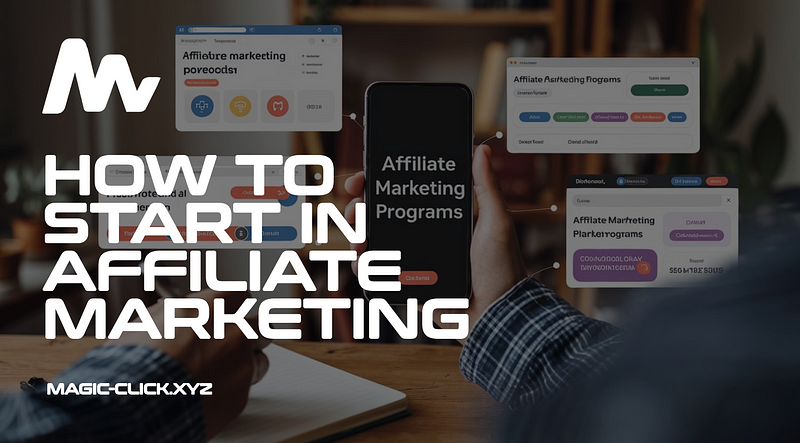
Affiliate marketing is one of the most profitable ways to make money online by driving traffic to offers and converting it into profit. If you’re a beginner, it might seem like a complicated process, but with the right guidance, you can quickly learn how to get started. In this step-by-step guide, we’ll walk you through everything you need to know about affiliate marketing, from setting up your first campaigns to scaling your business.

⠀ Magic Click Partners — Reliable CPA network with over 500 offers in ⠀⠀⠀⠀⠀⠀⠀iGaming and Betting verticals from direct advertisers.

What is Affiliate Marketing?
Affiliate marketing refers to the process of promoting products or services from other companies and earning a commission when someone makes a purchase or takes a specific action (such as signing up or filling out a form). The key is to find the right affiliate offers and traffic sources that generate more revenue than the cost of acquiring traffic.
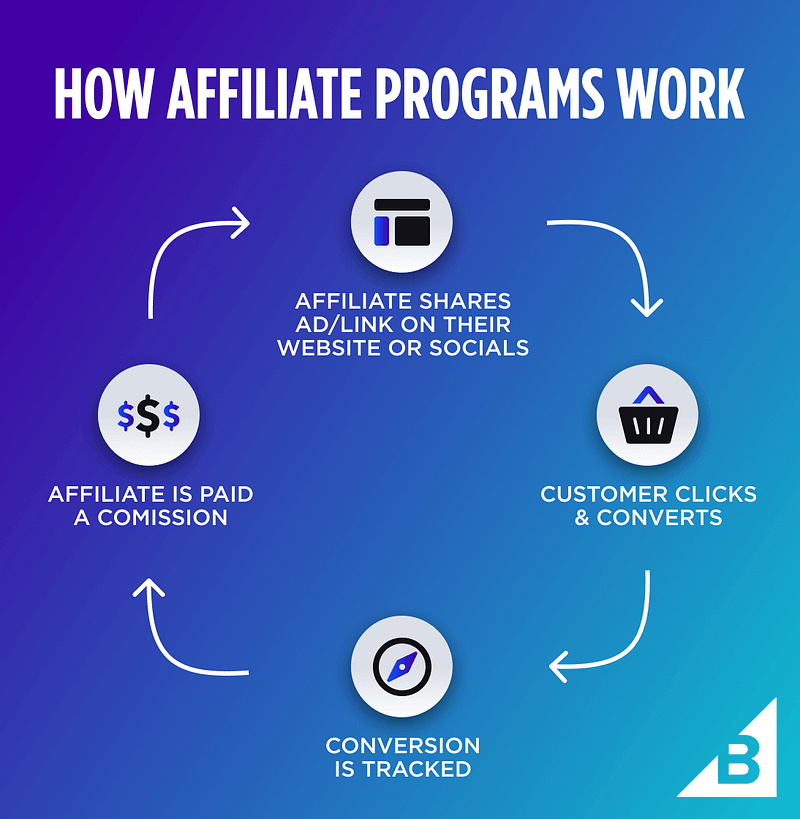
Step 1: Understand the Basics of Affiliate Marketing
Before diving into the process, it’s important to understand the fundamentals of affiliate marketing. The goal is to generate profit by driving traffic to an affiliate offer and earning commissions on conversions. To do this successfully, you need to:
- Identify profitable traffic sources.
- Find high-converting affiliate offers.
- Optimize your campaigns to ensure maximum ROI.
Step 2: Choose Your Traffic Sources
The first step in affiliate marketing is choosing the right traffic sources. Here are some popular traffic sources for beginners:
- Google Ads: One of the most popular and effective ways to drive traffic to your affiliate offers.
- Facebook Ads: Perfect for targeting specific audiences based on interests and demographics.
- Native Ads: These ads blend in with the content of websites and have a high click-through rate.
- Solo Ads: Buy traffic directly from email lists in your niche.
When selecting traffic sources, make sure to:
- Test a variety of sources.
- Analyze the cost per click (CPC) or cost per thousand impressions (CPM).
- Monitor the conversion rates to ensure you are profitable.
Step 3: Find High-Converting Affiliate Offers
Next, you need to find affiliate offers that convert well. This is where you’ll make your money in affiliate marketing. You can find offers through:
- Affiliate networks like Magic Click Partners.
- Offerwalls: Platforms where you can find both CPI (cost per install) and CPL (cost per lead) offers.
- Direct advertisers: If you already have a niche or specific target audience, you can reach out to advertisers directly.
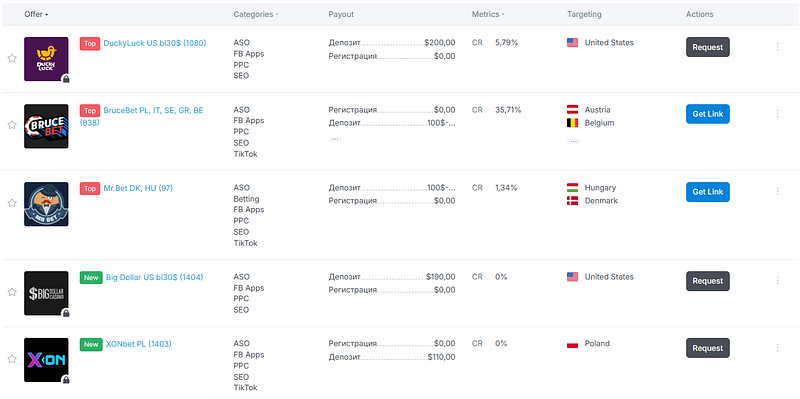
When selecting offers, consider the following:
- Conversion rates: Look for offers with high conversion rates to maximize your earnings.
- Payouts: Make sure the offer pays well enough to cover your traffic costs.
- Niche relevance: Choose offers that align with the interests of your target audience.
Step 4: Set Up Your Campaigns
Now that you have your traffic sources and offers, it’s time to set up your affiliate marketing campaigns. Here’s a general overview of the process:
- Create Your Landing Page: Build a high-converting landing page to capture leads or clicks. Use A/B testing to find what works best.
- Track Your Campaigns: Set up tracking tools like Voluum or ClickMagick to monitor the performance of your campaigns.
- Set Your Budget: Start with a small budget to test your campaigns and scale as you start seeing profitable results.
- Optimize Your Campaigns: Analyze your data regularly and optimize your ads, landing pages, and traffic sources for better performance.
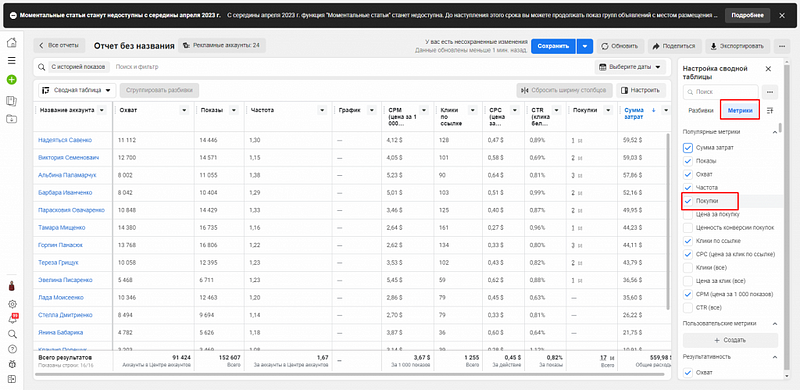
Step 5: Monitor and Optimize for ROI
Affiliate marketing is not a set-it-and-forget-it business. To be successful, you must continuously monitor and optimize your campaigns. Focus on improving your return on investment (ROI) by:
- Refining targeting: Use data to narrow down your audience and improve conversion rates.
- Optimizing creatives: Test different headlines, images, and CTAs to see what drives more clicks.
- Scaling profitable campaigns: Increase your budget on campaigns that are consistently converting well.
Step 6: Scaling Your Affiliate Marketing Business
Once you start seeing consistent results, it’s time to scale. Here are a few ways to do it:
- Expand traffic sources: Test new traffic sources like TikTok Ads or YouTube Ads to diversify your traffic.
- Increase your budget: As long as your campaigns remain profitable, increase your daily or monthly budget to drive more traffic.
- Diversify offers: Promote multiple affiliate offers across different niches to minimize risk.
Common Mistakes to Avoid in Affiliate Marketing
Even experienced affiliate marketers make mistakes. Avoid these common pitfalls to ensure long-term success:
- Ignoring tracking: Not tracking your campaigns will make it impossible to optimize and scale.
- Not testing enough: Never assume something will work without testing. Test everything, from traffic sources to creatives.
- Failing to optimize landing pages: A poor landing page will kill your conversion rates. Make sure it’s optimized for speed, design, and user experience.
Conclusion
Affiliate marketing is a lucrative business model if done correctly. By following this step-by-step guide, you’ll be able to start driving traffic, testing offers, and optimizing your campaigns to maximize profit. Remember to start small, test frequently, and scale up once you have a winning formula.
Key takeaways:
- Choose the right traffic sources like Google Ads, Facebook Ads, and native advertising.
- Find high-converting affiliate offers through affiliate networks or direct advertisers.
- Continuously optimize your campaigns to maximize ROI.
With the right strategies and tools, affiliate marketing can be a profitable venture for beginners looking to make money online. Good luck!


